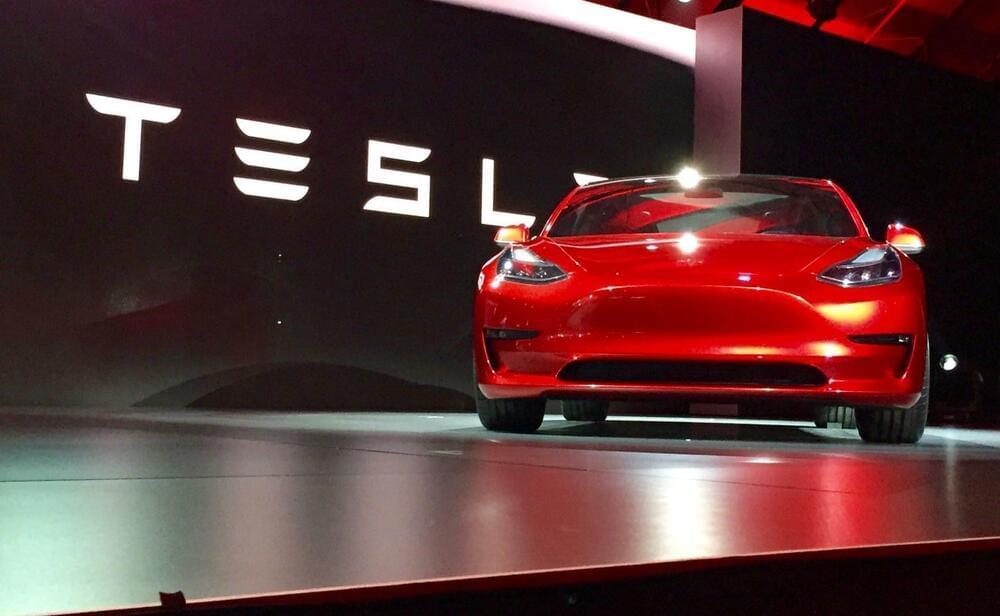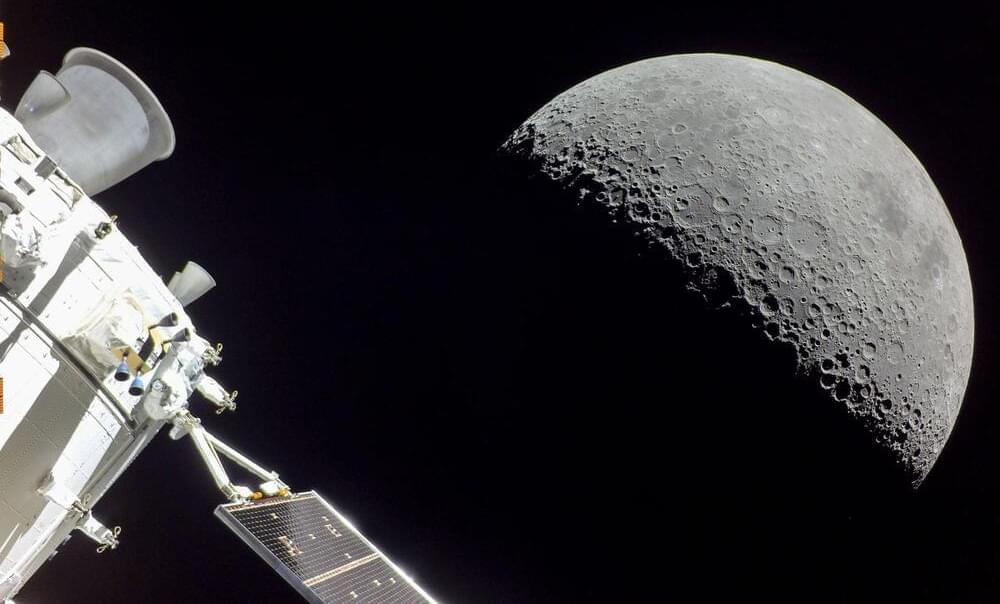MADISON HEIGHTS, Mich. (AP) — You may have already seen them in restaurants: waist-high machines that can greet guests, lead them to their tables, deliver food and drinks and ferry dirty dishes to the kitchen. Some have cat-like faces and even purr when you scratch their heads.
But are robot waiters the future? It’s a question the restaurant industry is increasingly trying to answer.
Many think robot waiters are the solution to the industry’s labor shortages. Sales of them have been growing rapidly in recent years, with tens of thousands now gliding through dining rooms worldwide.








